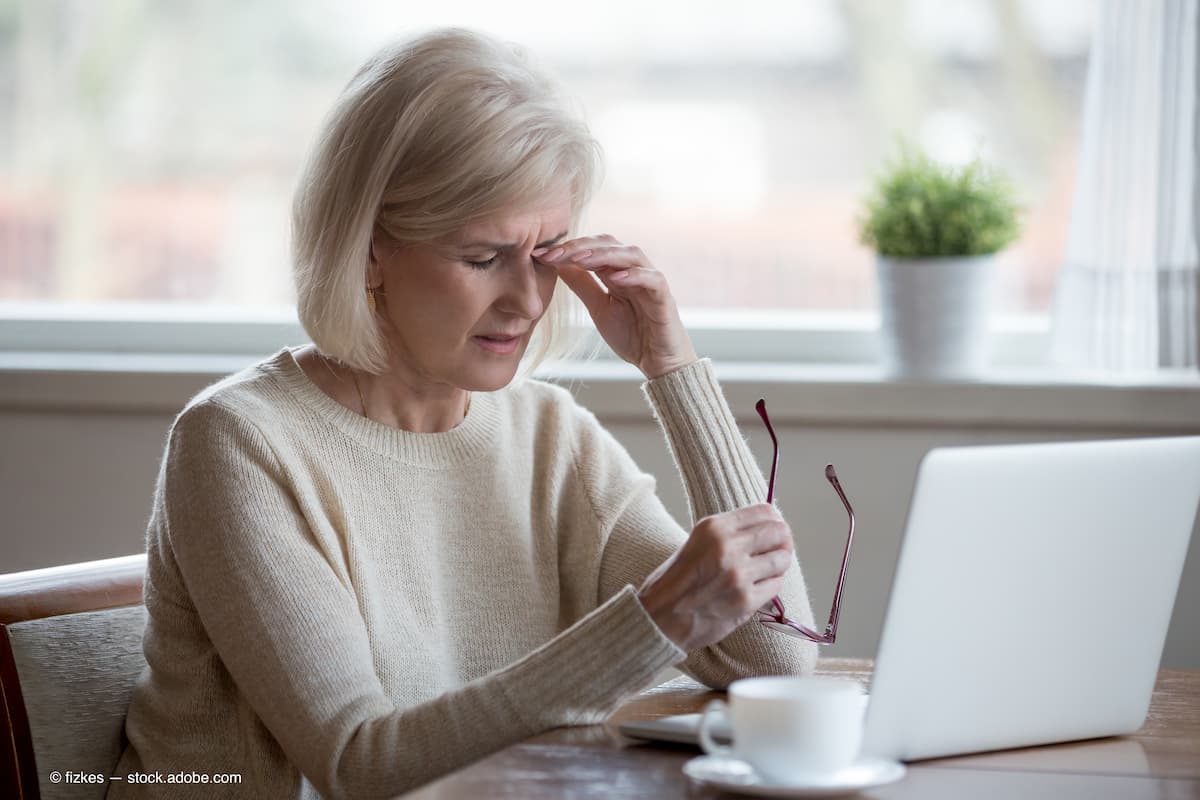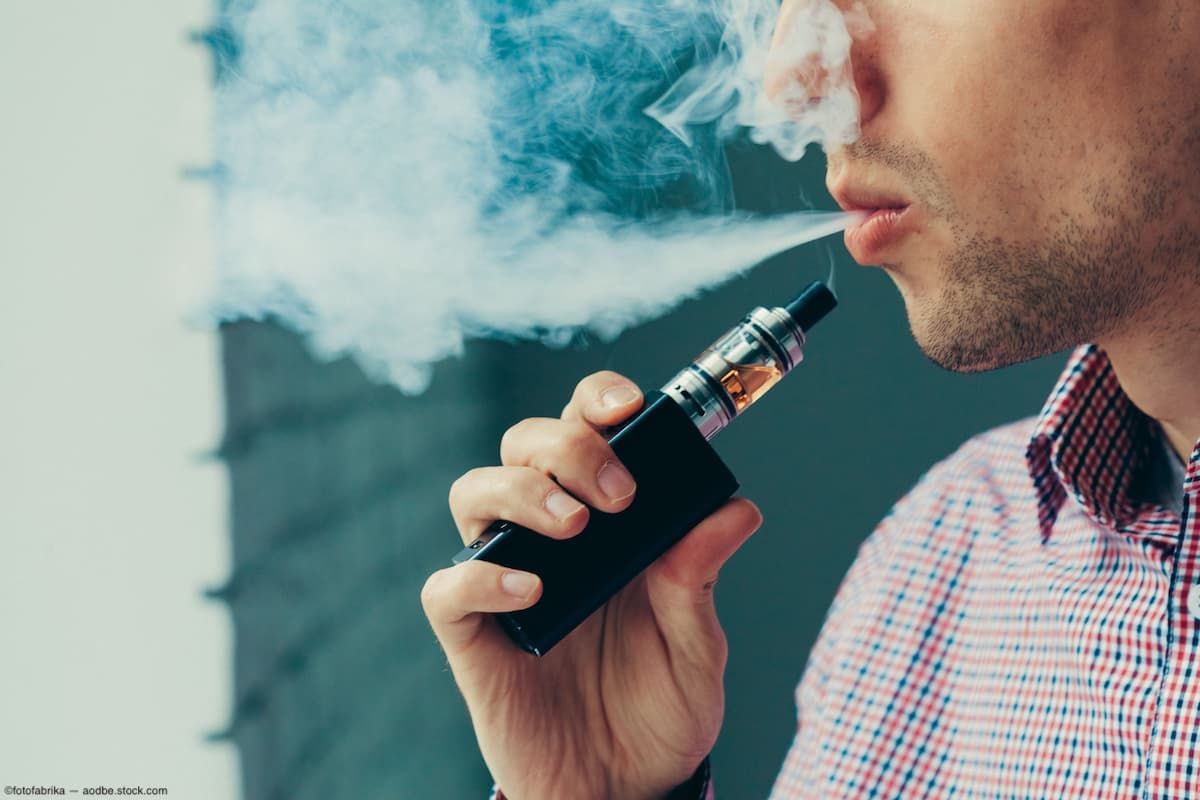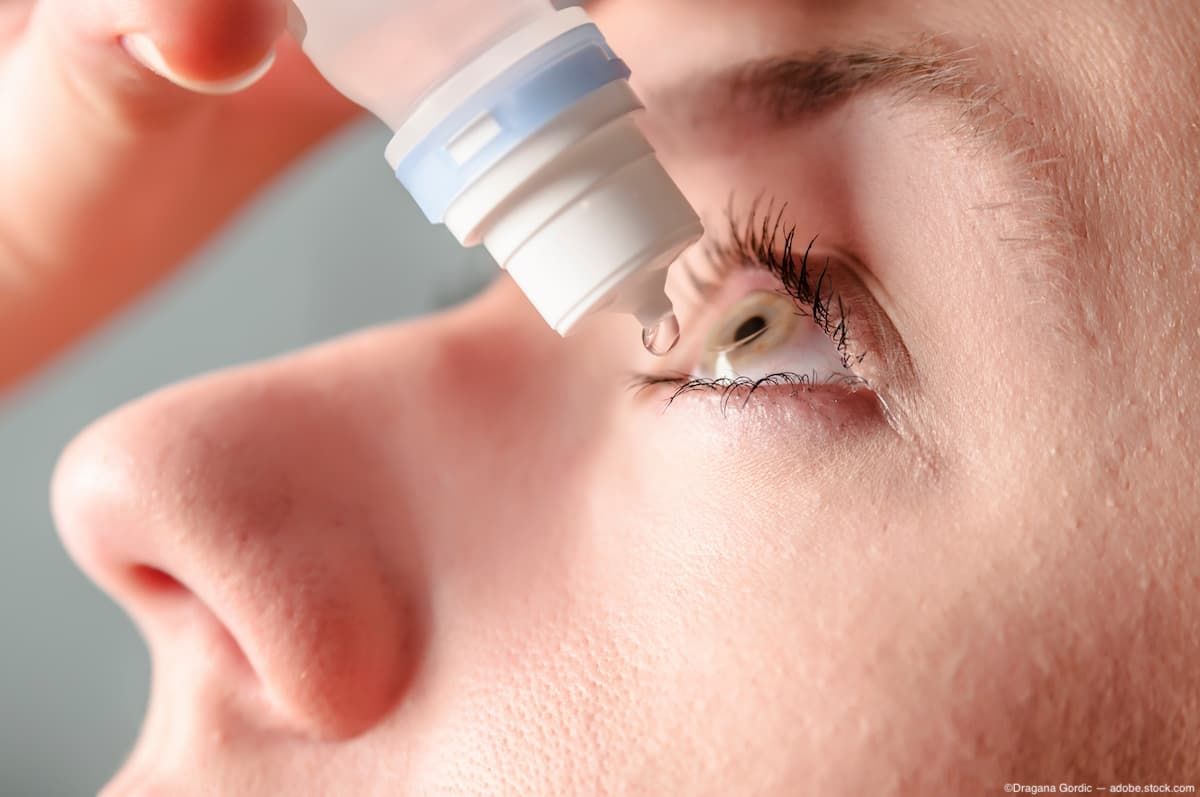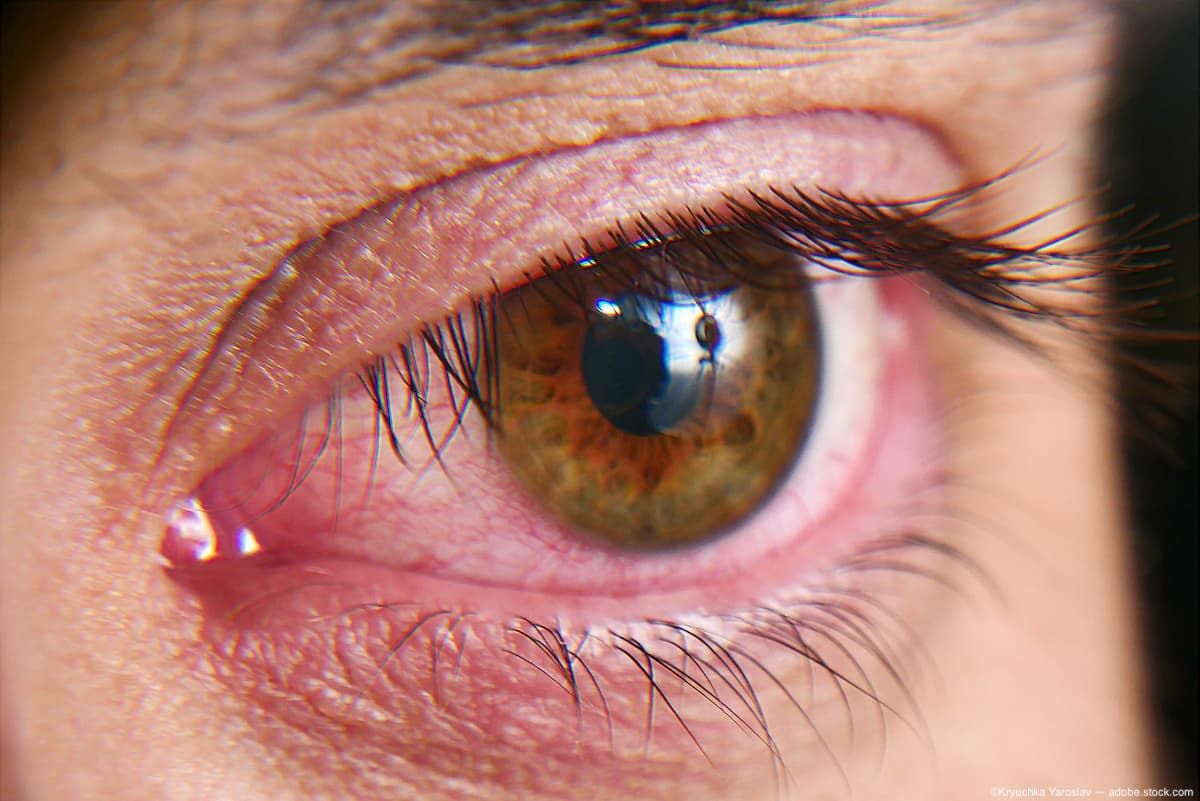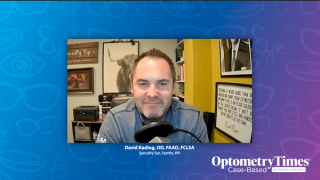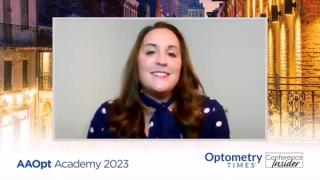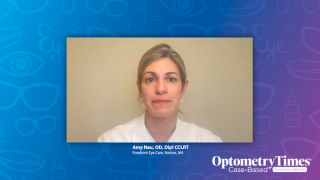
Dry Eye
Latest News
Latest Videos
CME Content
More News
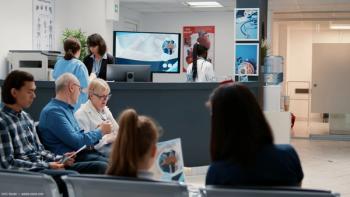
The trial, in part of the ASTRO study, will evaluate the efficacy, safety, and tolerability of sterile ophthalmic ointment 0.5%.
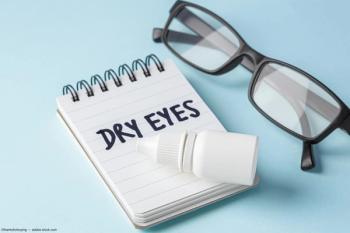
One of the resources provided by the partnership is a Dry Eye Wheel, which provides mitigation, measurement, and management processes to inform the treatment of dry eye disease.

The study demonstrated sustained safety and efficacy of cyclosporine ophthalmic solution (Vevye) 0.1%, with many patients now entering their sixth refill cycle, according to the company.
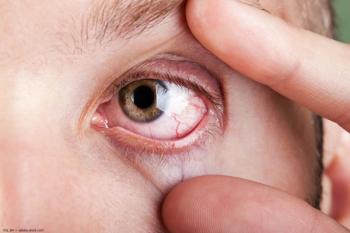
The novel therapy for dry eye is a cross-linked hyaluronic acid derivative cleared by the FDA.

The launch of the nutritional supplement follows a clinical trial that demonstrated healthy tear production and provided noticeable relief of dry eye symptoms in as little as 2 to 4 weeks.
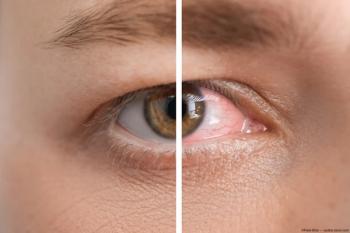
InflammaDry is a diagnostic test that detects elevated levels of MMP-9, an inflammatory marker consistently found in the tears of patients with DED.
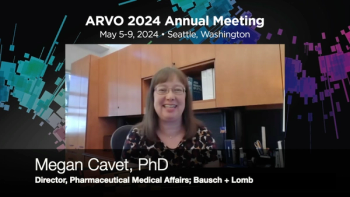
The rabbit model found that the levels of the active metabolites were very comparable, whether or not eyes had received a prior installation of perfluorohexyloctane.
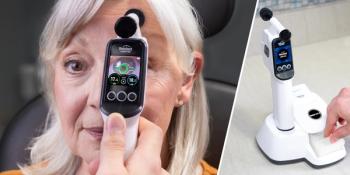
The Tono-Vera Tonometer allows for automated IOP measurements and eliminates the need for a topical anesthetic.
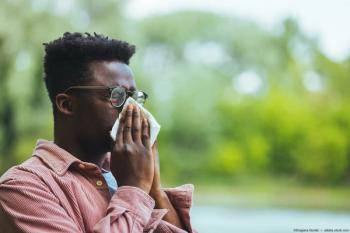
Providing prevention strategies can keep patients comfortable during allergy season.
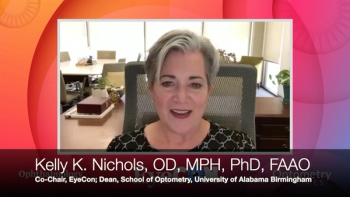
EyeCon chair Kelly K. Nichols, OD, PhD, MPH, FAAO, shares some of her favorite moments throughout her career and what inspires her to continue pushing the industry forward.
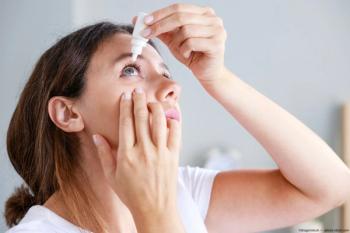
The microemulsion drug ocular penetration system platform technology was found to effectively formulate and deliver lipophilic molecules via topical eye drops.

Preventive options should be as important as treating symptoms
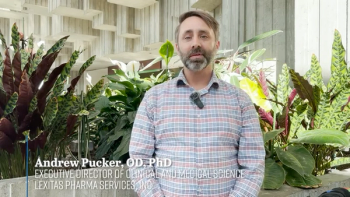
Pucker shares topline results from a study that investigated the difference in meibomobian gland morphology when measured with a Visante OCT versus an OCULUS Keratograph 5M.
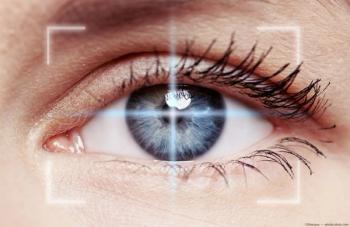
The diagnostic aid platform, C.DIAG, utilizes artificial intelligence to assist with the diagnosis and treatment of dry eye disease.
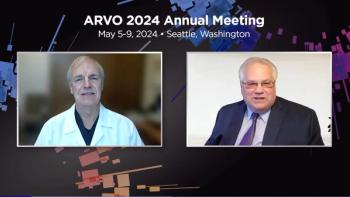
The 2 FDA registration trials for perfluorohexyloctane resulted in scientifically significant results for improvement of mild and moderate symptoms of dry eye disease.
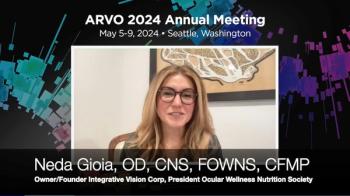
Neda Gioia, OD, CNS, FOWNS, CFMP, details recent findings on the efficacy of the NutriTears supplement on dry eye symptoms.
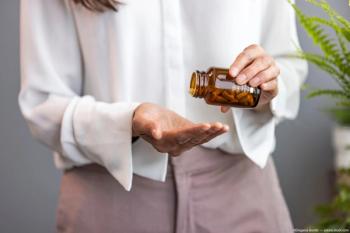
The nutritional supplement comprised of a proprietary blend of lutein, zeaxanthin isomers, curcumin, and vitamin D3 improved tear production, tear film break-up time, and tear osmolarity, among others.
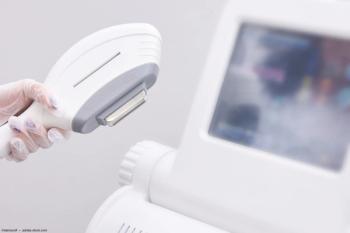
UC Berkeley’s Herbert Wertheim School of Optometry and Vision Science integrated the new laser in the beginning of March in its dry eye clinic for treatment of meibomian gland dysfunction.
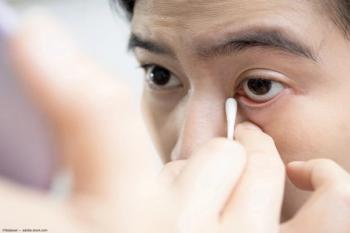
Evaluating and managing lid margin disease and meibomian gland dysfunction.
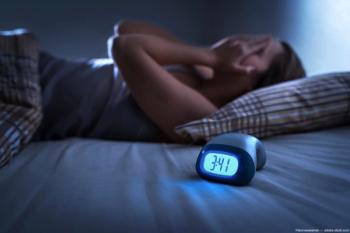
Analysis showed that patients with dry eye had “worse sleep quality than the healthy population," which could be due to incomplete eyelid closure, eye discomfort, and mental stress.
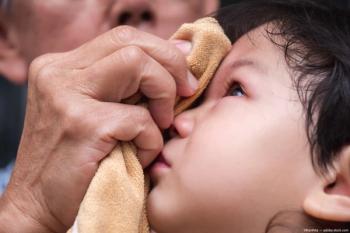
Warm compresses are an invaluable step in the treatment of dry eye.
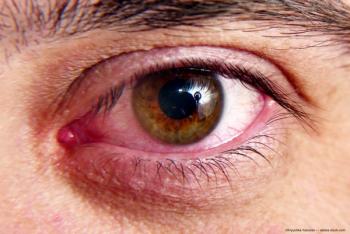
The analysis, which pulled data from the DRy Eye Assessment and Management (DREAM) study, found that users of corticosteroids had multiple worse and consistent DED signs.

Multiple symptomatic improvements, as well as tear film break-up time improvements and a reduction in ocular pain, were noted.
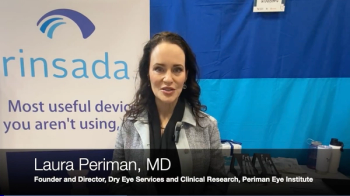
Laura Periman, MD, talks through what was gained from the conference, from becoming acquainted with new technological advancements to renewing passion for dry eye care.
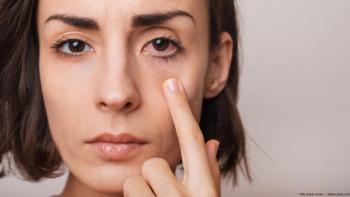
The transient receptor potential melastatin 8 (TRPM8) are cold-sensitive thermoreceptors that play central role in tear film homeostasis.


